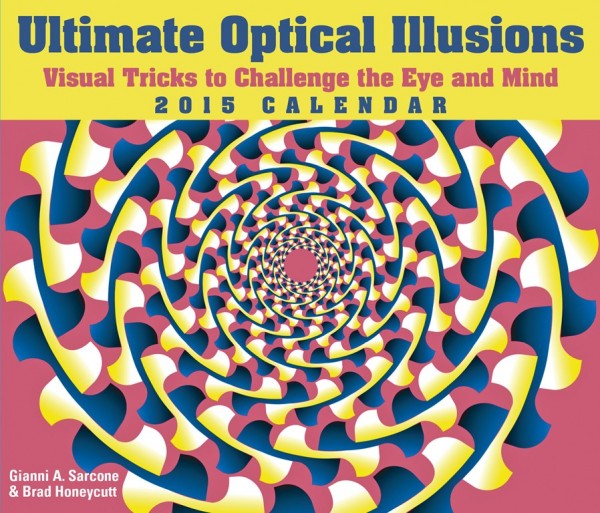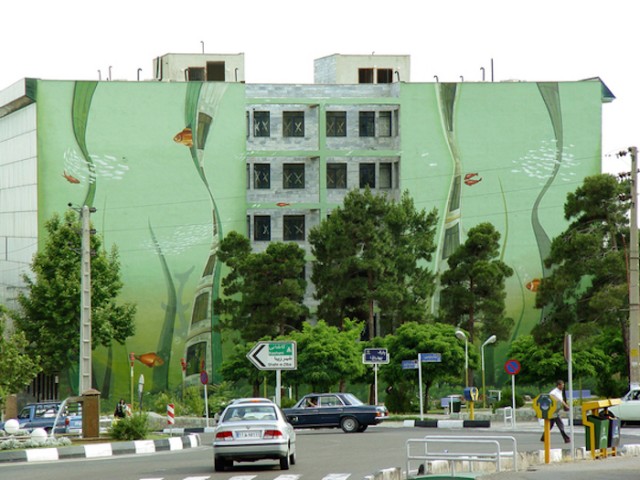


#2017 the art of illusion wall calendar full#
In flat tints, but coarsely brushed in full impasto, the walls pale lilac, the floor in a broken and faded red, the chairs and the bed chrome yellow, the pillows and the sheet very pale lemon green, the bedspread blood-red, the dressing-table orange, the washbasin blue, the window green. As he wrote to his brother Theo, “It amused me enormously doing this bare interior. Completely exhausted from the effort, he spent two-and-a-half days in bed and was then inspired to create a painting of his bedroom.

This moment marked the first time the artist had a home of his own, and he had immediately and enthusiastically set about decorating, painting a suite of canvases to fill the walls. Van Gogh conceived the first Bedroom in October 1888, a month after he moved into his “Yellow House” in Arles, France. It is a variant of the shifted-chessboard illusion originated by Hugo Münsterberg.Vincent van Gogh so highly esteemed his bedroom painting that he made three distinct versions: the first, now in the collection of the Van Gogh Museum, Amsterdam the second, belonging to the Art Institute of Chicago, painted a year later on the same scale and almost identical and a third, smaller canvas in the collection of the Musée d’Orsay, Paris, which he made as a gift for his mother and sister. It was first described under the name Kindergarten illusion in 1898, and re-discovered in 1973 by Richard Gregory.Īccording to Gregory, this effect was observed by a member of his laboratory, Steve Simpson, in the tiles of the wall of a café at the bottom of St Michael’s Hill, Bristol. When you blur the image the effect disappears because you can no longer resolve the tiny white-black interactions. “In my version of the famous Café Wall illusion, I have mixed together both the original Café Wall illusion that was made famous by Richard Gregory – and which showcases the brickwork laid on the wall of a café in Bristol, England – with the work of Akiyoshi Kitaoka, who has developed a number of different versions using the same underlying effect” These alternating targets create the effect. When looking at the lines vertically, one can see that the squares that make up the diamond alternate their position. According to Skye, the key to the illusion are the black and white diamond ‘targets’ at each intersection.


 0 kommentar(er)
0 kommentar(er)
